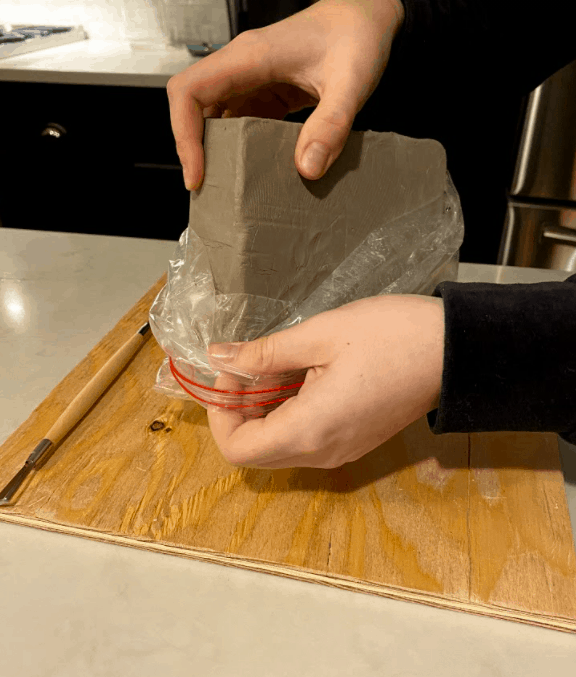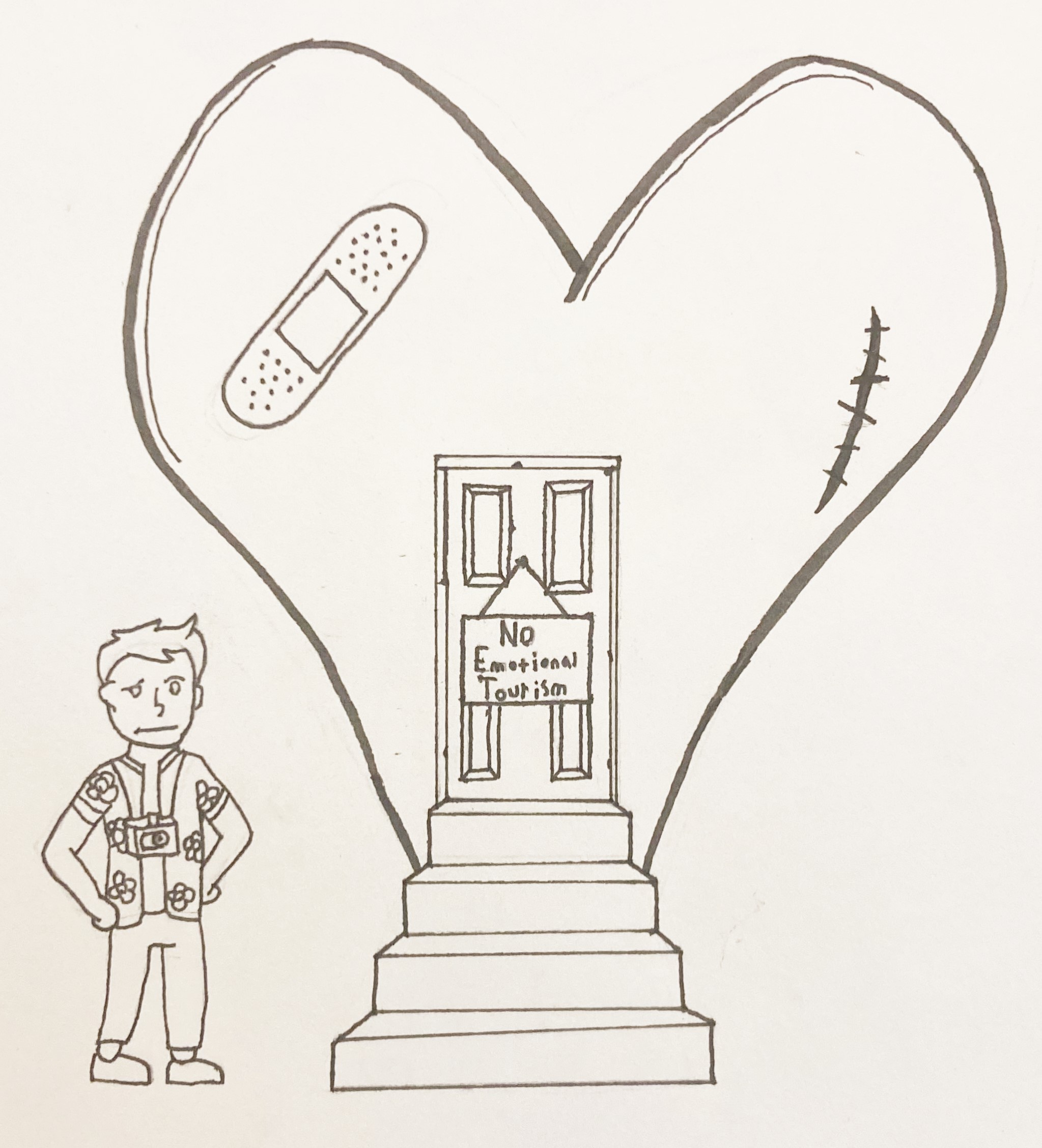
Art classes are an escape from the suffocation of core class education. They allow students to express themselves in new and creative ways. But has online art education provided the same experience? During the first semester, students took the art classes that they registered for before the COVID-19 outbreak. Did they get what they bargained for?
Teachers have struggled through the transition from in-person classes to online teaching. Morgan McElfresh, a ceramics teacher at Roosevelt, says, “there’s no way to recreate the in-person experience” of art class, but he’s trying to “offer similar experiences” so that students can learn and experience the projects that would be produced in a normal class.
There’s no question that online school fails to provide the human aspect in our education. McElfresh states that the biggest difficulty he faced was missing the interaction he had with students in his class. Online schooling lacks the “energy and ideas” that both teachers and students receive from collaborating.
Teachers tried to figure out how to form that similar connection between students with breakout rooms and other tactics, but McElfresh says that, “it’s never quite the same as just being with someone in the moment.”
When asked if it was harder to stay engaged in class, junior Claire Curtis says that “it depends on the teacher,” and mentions that having the right teacher can keep online classes engaging and fun.
Despite the different levels of human interaction available, the Roosevelt art courses have prevailed. In the current situation, teachers do their best to present the usual course material with less time and fewer resources. McElfresh says that he, like other teachers, tries to distill the most important parts of class and redesign projects to teach students a standard skill or experience online.
Some may wonder, are students in beginning art classes going to have the necessary skill and knowledge to go into advanced classes next year? McElfresh says that, “as long as people from this semester come with some basic clay skills, which I feel I’ve given, they should be ready for the advanced course.”
At home, students have not quite had access to the same resources that were provided in the classroom. McElfresh says that art teachers have been using pick-up dates to hand out materials. In the first semester, McElfresh changed his ceramics class to a two-dimensional to three-dimensional drawing class by handing out sketchbooks, colored pencils, and erasers for students to learn the basics of making a blueprint to plan out their project.
Curtis says that “there’s a limit on what you can do, because you don’t have all of the materials, and it’s not like your teacher can give you every single material that you would usually have in class.”
Despite challenges, art teachers are finding solutions to teaching their courses online. McElfresh ordered modeling clay for his beginning students to use, which will not dry up. During the first semester, he was competing with other schools to get modeling clay and was only able to get enough to do a few clay projects with his students. By second semester, he has more modeling clay for his students, as well as proper clay working tools.
Online art classes have had their struggles, just as any class has, but art teachers can be counted on to find creative ways to keep the class engaged. McElfresh says that his online classroom is “a community where people support one another and we don’t tear each other down.” McElfresh says that it is “awesome to see students that probably never would have interacted before sitting down and problem-solving to make something together.”



